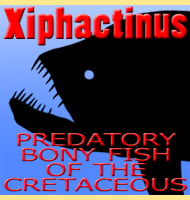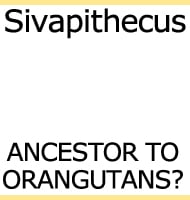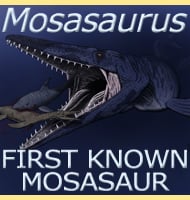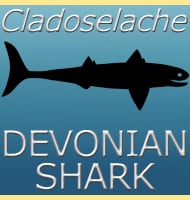In Depth
Kayentatherium is a genus of cynodont therapsid that lived in the south-west USA during the Early Jurassic.Further reading
- A new tritylodontid from the Kayenta formation of Arizona. - Zoological Journal of the Linnean Society 76:1-17. - D. M. Kermack - 1982.
- The Postcranial Skeleton of Kayentatherium wellesi from the Lower Jurassic Kayenta Formation of Arizona and the Phylogenetic Significance of Postcranial Features, by Hans-Dieter Sues & F. A. Jenkins - In Amniote Paleobiology: Perspectivers on the Evolution of Mammals, Birds, and Reptiles, p114-152 - M. T. Carrano, T. J. Gaudin, R. W. Blob & J. R. Wible - 2006.








